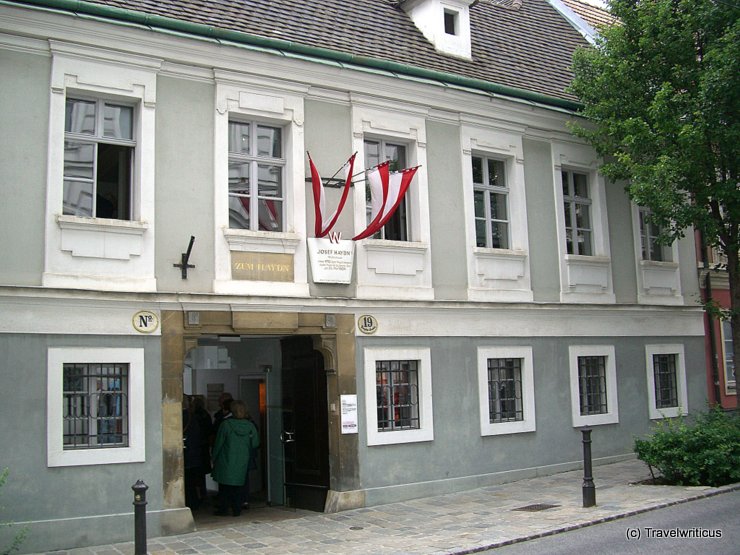
The Haydnhaus in Vienna is where the Austrian composer Joseph Haydn spent his last years. The museum inside explains how Haydn lived in this period and shows several pieces of his former household. A reconstructed garden completes the offer.
Browse through your travel destination!

The Haydnhaus in Vienna is where the Austrian composer Joseph Haydn spent his last years. The museum inside explains how Haydn lived in this period and shows several pieces of his former household. A reconstructed garden completes the offer.
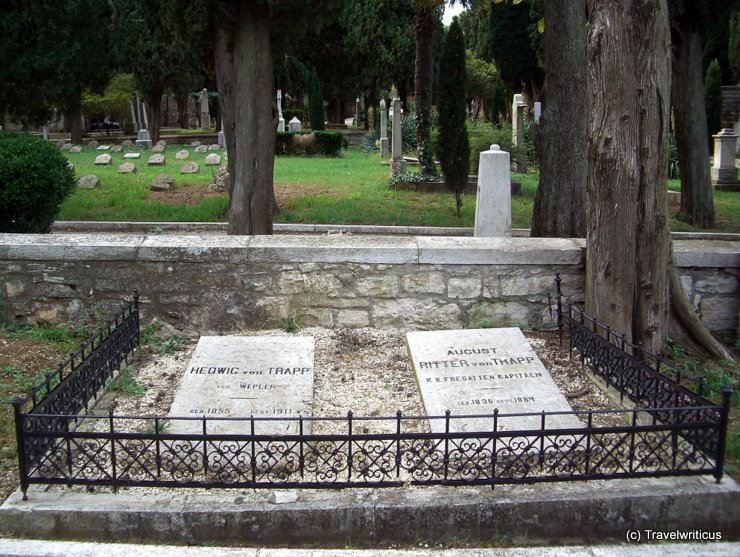
Visitors of the Austro-Hungarian naval cemetery in Pula will come across the graves of Hedwig and August Trapp. They were the parents of Baron von Trapp. Fans of “Sound of Music” may know this name. Baron von Trapp was the father of the singing Trapp family.
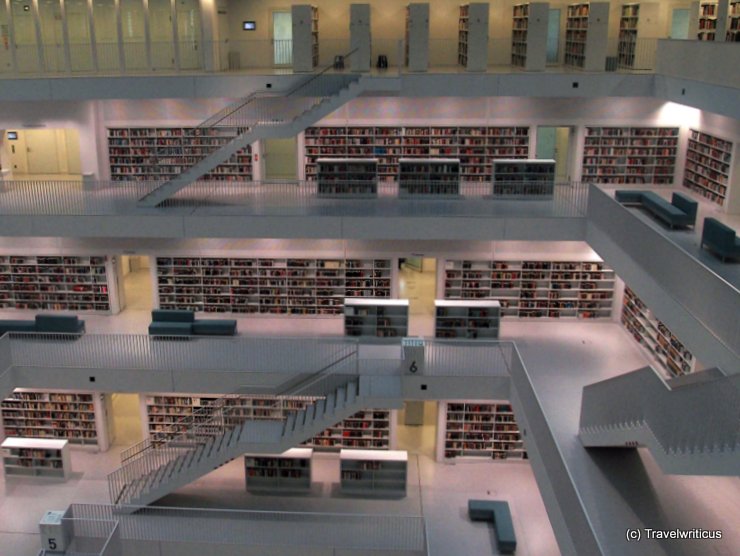
The current municipal library (Stadtbibliothek) of Stuttgart was opened in 2011. Lovers of endless bookshelves find this remarkable interior, designed by Korean architect Eun Young Yi, at the Mailänder Platz.
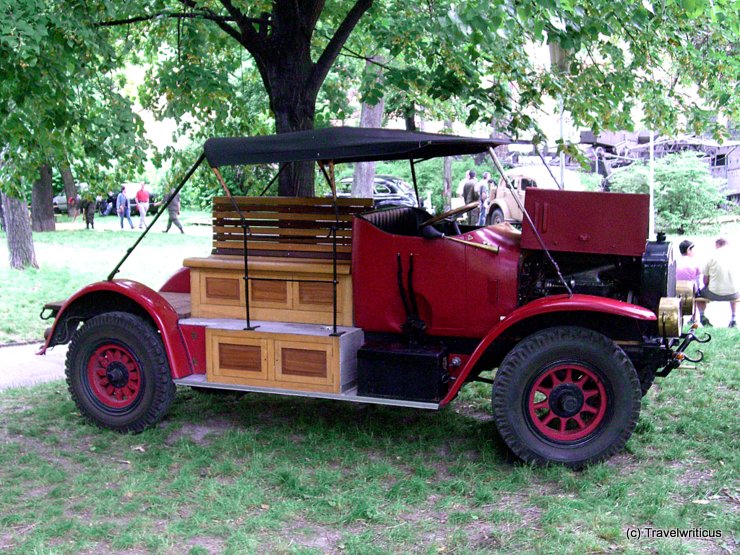
This pic shows an automobile built by the Czech company Praga in 1914. The truck was an exhibit at a classic car festival of the Museum of Military History in Vienna. It is considered to carry a floodlight of the Austro-Hungarian army during World War I.
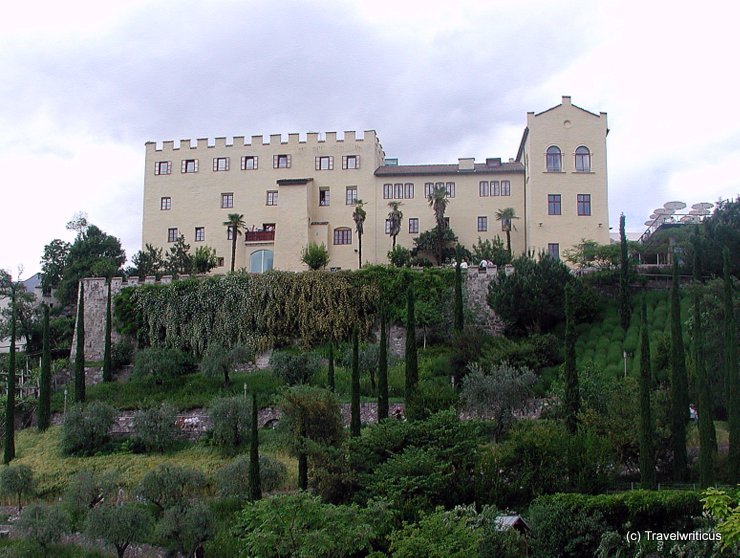
Trauttmansdorff Castle (Schloss Trauttmansdorff) in Merano offers a lush garden with about 80 different areas and a view of the Alps. Inside the castle, a museum tells about tourism in the alpine region of South Tyrol.
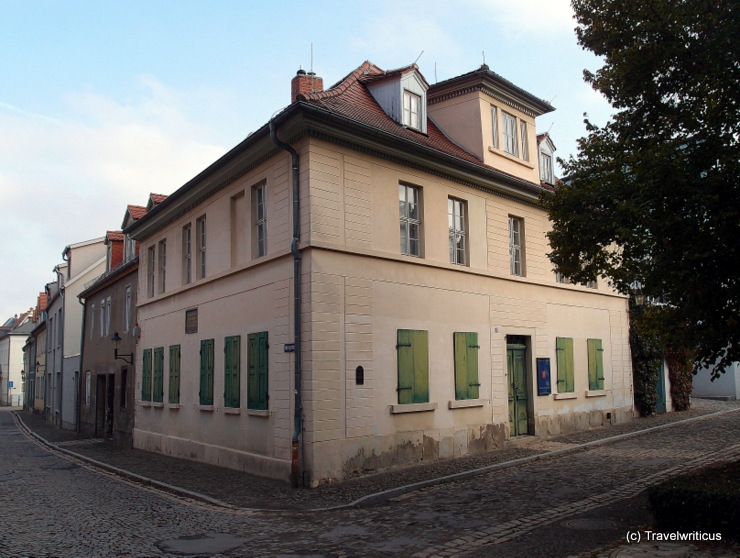
The Nietzsche-Haus museum opened in 1994. A permanent exhibition is devoted to the life and work of the philosopher Friedrich Nietzsche. The Nietzsche Documentation Centre, also housed here, is concerned with researching the reception of Nietzsche’s works.
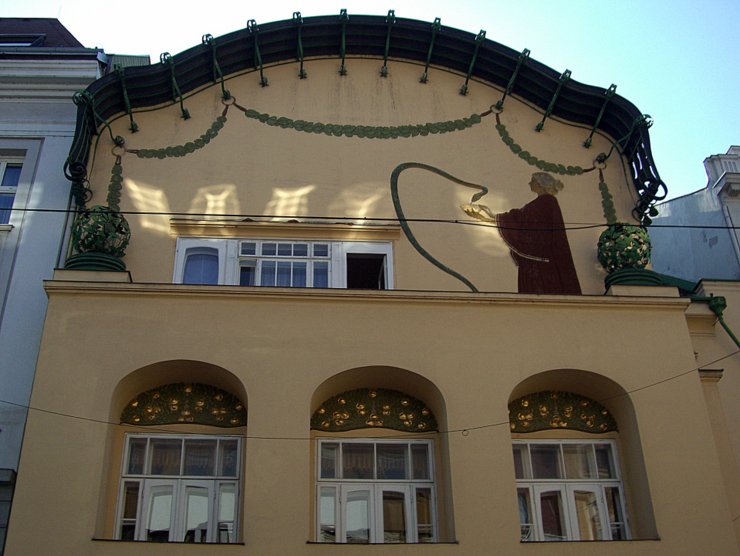
Near Sankt Pölten Central Station, the Stöhr Haus impresses with a fine Art-Nouveau decoration. It is also known as Olbrich House, named after its architect Joseph Maria Olbrich (1867-1908).
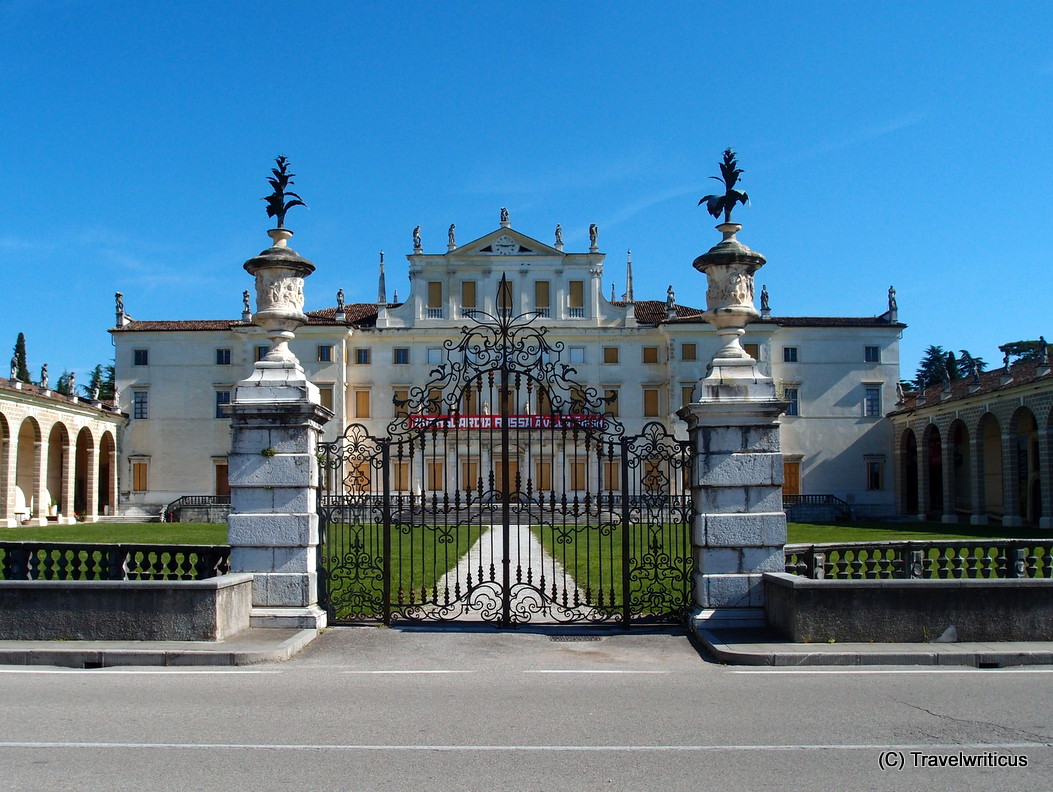
On 17 October 1797, France and Austria signed the Treaty of Campo Formio in this villa. This event ended the War of the First Coalition. Today, the estate houses a collection of antique carriages and an armoury. In addition, the villa is a popular venue.
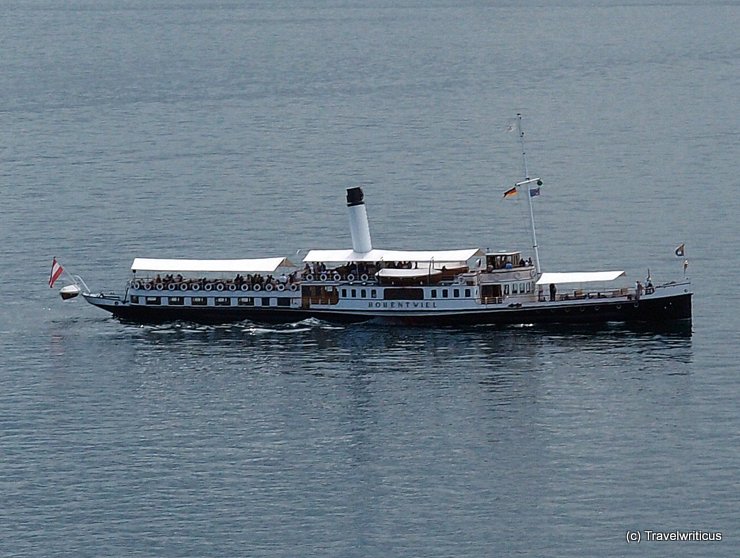
The Hohentwiel serves as a paddle-wheel steamer on Lake Constance (Bodensee). Dating back to 1913, it is the only operational steamship and the oldest continuously operating passenger ship still in service on the lake. The home port of the Austrian ship is near Bregenz.
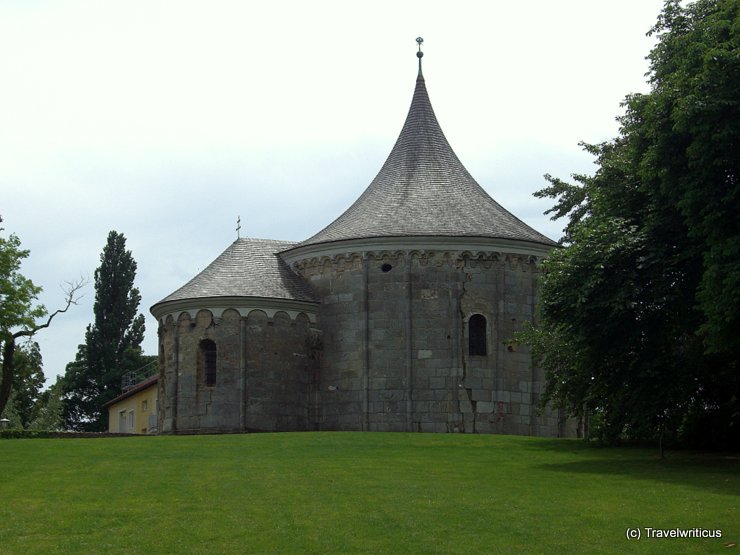
Near the Archaeological Park in Petronell-Carnuntum, you see this round chapel from the 12th century. Its conical roof dates back to the 17th century. The chapel is dedicated to St John the Baptist (Johannes der Täufer).
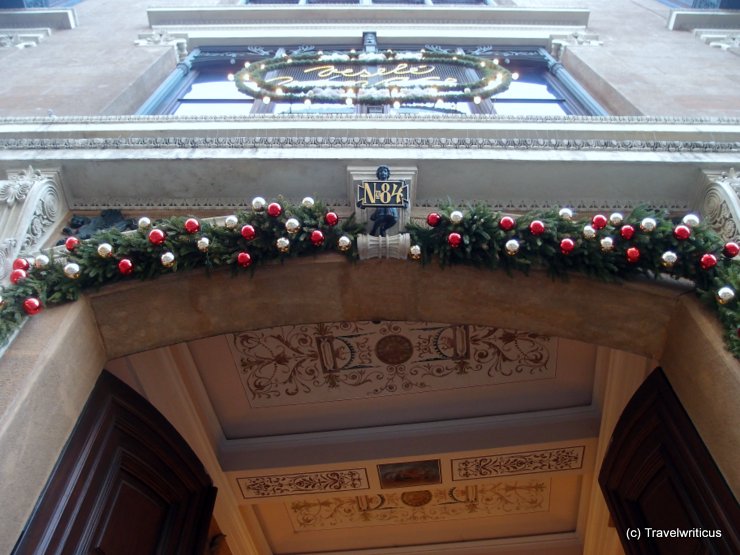
Suppose one dares to look through the open doors of buildings built in the 19th century, the prying passer-by often gets rewarded by seeing wonderful ceilings and staircases. For example, I saw this wonderful ceiling behind a door in the Czech city of Brno.
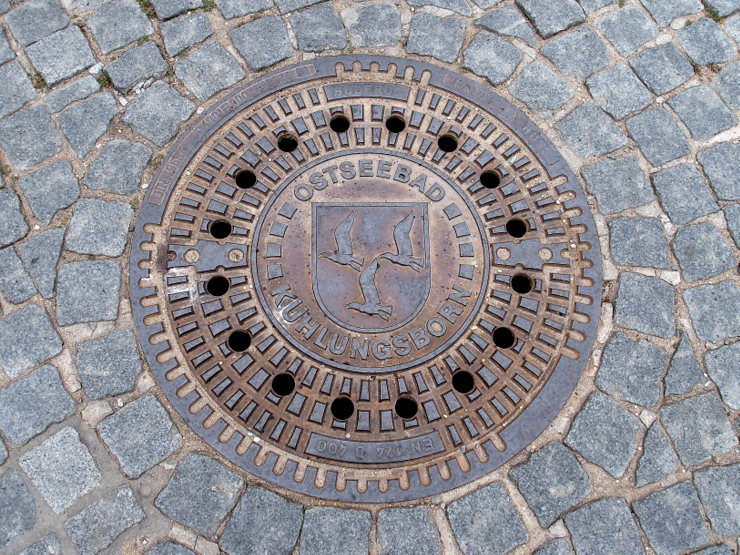
The manhole covers in Kühlungsborn show the arms of the city. The coat of arms displays three silver seagulls in a blue field. The title Ostseebad refers to the fact that Kühlungsborn is a seaside resort at the Baltic Sea (Ostsee).